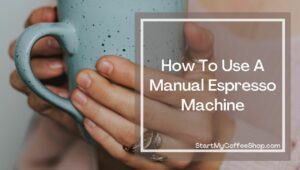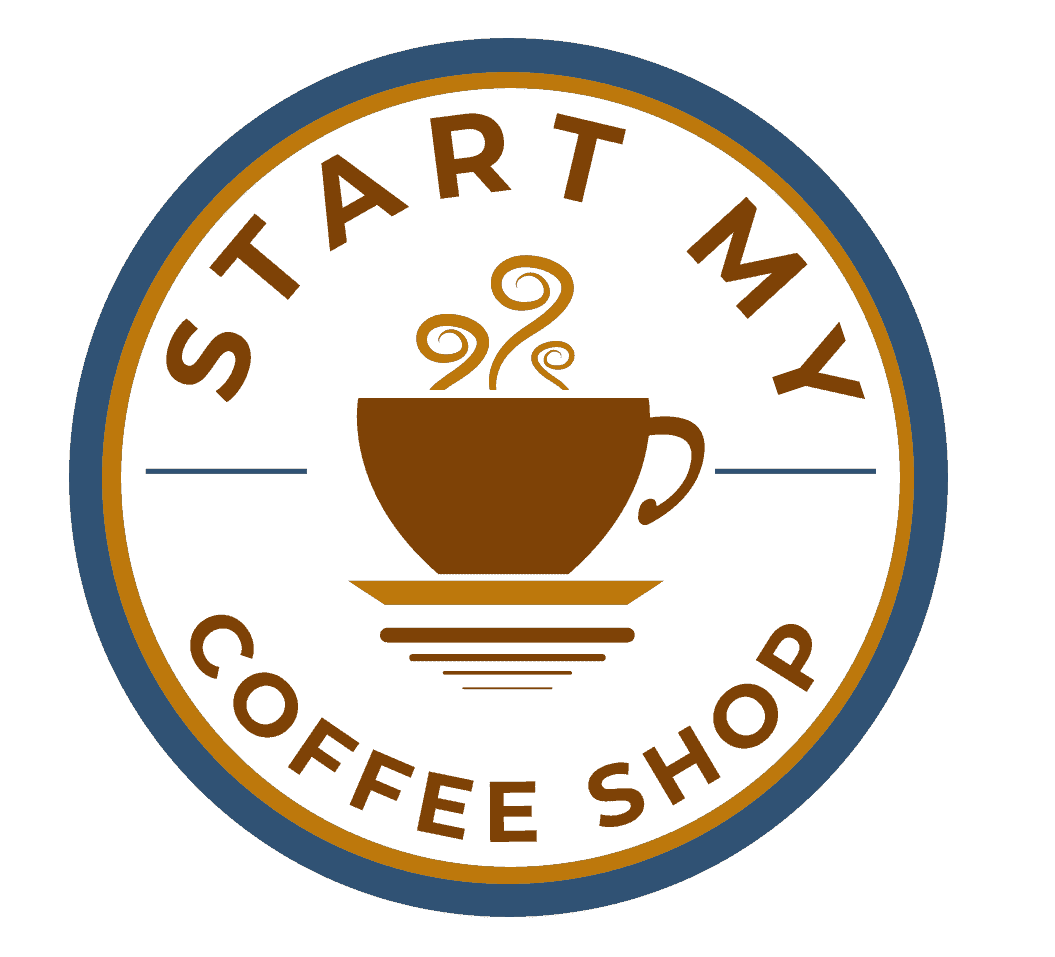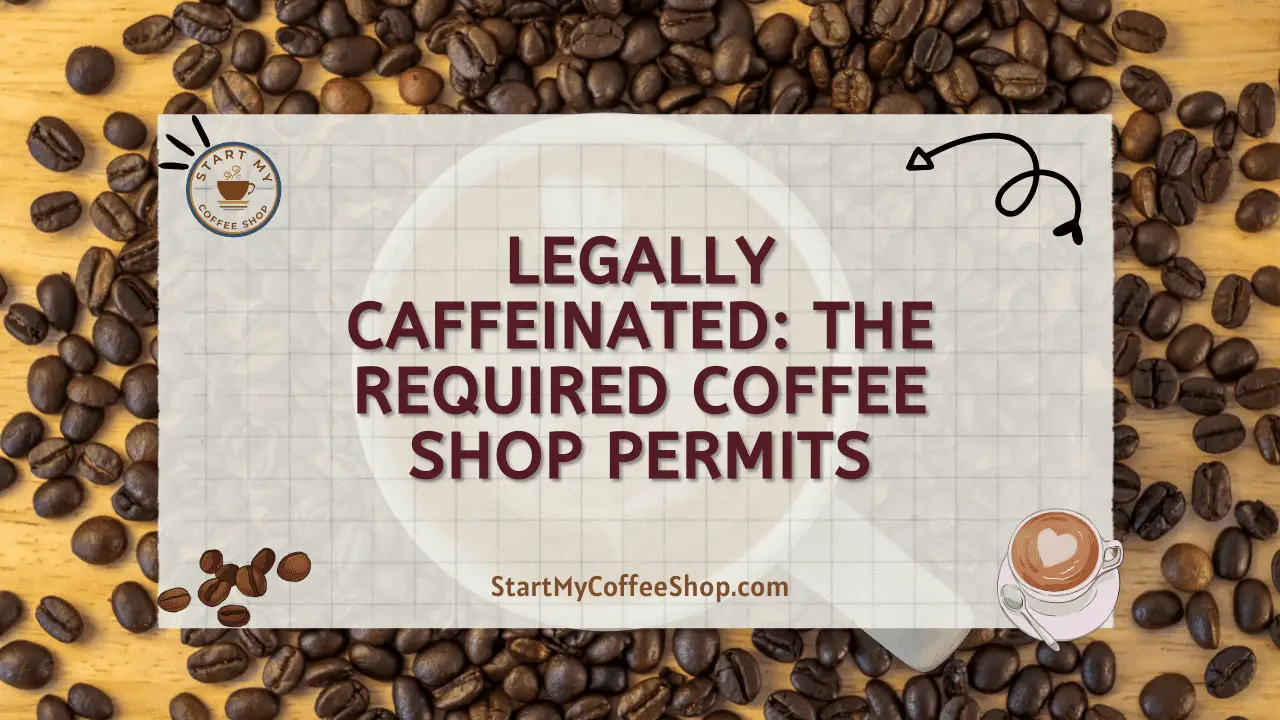If you are looking for the perfect cup of coffee, you need to be using an espresso machine. While there are many various ways to make coffee, nothing beats the taste and texture of espresso. But how do you use an espresso machine?
In this article, we will teach you how to use an espresso machine in order to make the best cup of coffee possible. Whether using an automatic or manual espresso machine, you’ll learn the basics in this guide. Let’s get started!
How To Use An Espresso Machine
There are several steps involved in the process of using an espresso machine. These vary depending on whether or not your machine is an automatic or manual espresso machine. This guide will detail the steps for all types of espresso machines.
How To Use An Automatic Espresso Machine
Step 1: Preheat Your Espresso Maker

If you want to get the most out of your espresso maker, it is essential to preheat the entire machine before use. Some espresso makers can take up to 25 minutes to fully preheat, so it is important to start the process in advance.
Once the machine is preheated, you can begin grinding your coffee beans and preparing your perfect espresso. If you do not preheat the machine, you may be unable to extract all of the flavors from your coffee beans, resulting in a less enjoyable cup of morning espresso.
In addition, preheating helps to prevent thermal shock, which can damage delicate espresso maker parts. Therefore, taking the time to preheat your machine is an important step in making delicious espresso.
You can speed up the process by omitting the espresso from the portafilter when pulling a blank shot. When you pull this shot directly into your espresso cup, you will also heat it simultaneously.
Step 2: Grind The Espresso Beans
A coffee grinder is an indispensable tool for making a good shot of espresso. The grind size of the coffee beans has a significant impact on the taste of the final product. Baristas make espresso by forcing hot water through a small amount of ground coffee.
If the coffee grind is too coarse, the water will flow through too quickly, and the espresso flavor will be weak. However, if the coffee grind is too fine, the water will take too long to flow through, and the espresso will be bitter.
The ideal grind size for espresso is somewhere in between these two extremes. To find the perfect grind size, start by setting your grinder to a fine grind setting and grinding 20 grams of coffee beans.
Brewing the coffee and tasting it will help you to determine whether the grind is too coarse or too fine. Adjust the grinder accordingly and continue this process until you find the perfect balance.
By taking the time to dial in your grinder, you can ensure that your authentic espresso is always delicious.
There is a recommended capacity for the portafilter on your machine. Portafilters vary in size, so keep the range they’ve provided in mind!
How Often You Should Change Your Coffee Menu
Step 3: Tamp The Espresso Grounds
Tamping is the necessary process of compressing the grounds before brewing, and it’s important to do it correctly to make a good espresso. While it may seem like a simple task, there is actually a bit of an art to it for amazing coffee.
The most important thing is to apply even pressure when tamping. This will ensure that the water extracts evenly from the grounds, resulting in a well-balanced espresso.
Another tip is to give your tamper a quick spin before you start tamping. This will help to polish the top of the puck and make sure that there are no stray grounds clinging to the side of the portafilter basket.
With these tips in mind, you’ll be on your way to making a perfect espresso in no time! Now, onto the brewing process.
Step 4: Pull Your First Espresso Shot

When making espresso, it is important to pull the first shot quickly. This ensures that the coffee is properly extracted and has the right strength.
To do this, preheat your machine by engaging the heating element. When it is ready, place your cup beneath the spout and begin pulling the shot.
The entire process should take between 20 and 30 seconds for a 2-ounce cup of espresso. Like a double shot!
If it takes longer, the coffee will be over-extracted and taste thin and bitter. Conversely, if it takes less time, the coffee will be under-extracted, taste sour, and have a sharpness to it. As such, that sweet spot of timing is critical when pulling espresso shots.
Step 5: Dial and Pull Your Second Shot
When making great espresso, it is important to dial in the second shot. For this to work, the pressure and extraction time must be just right.
Keep a record of how much pressure is reached if your machine has a pressure gauge. Depending on the amount of pressure you have, you can adjust your next shot accordingly.
Generally, a good espresso machine will indicate whether or not the shot is well-extracted (or poorly extracted). If you do not have a gauge, make your decision based on taste.
By dialing in the next espresso shot, you’ll be on your way to making the perfect espresso shot!
How To Make Your Coffee Shop Cat-Friendly
How To Use A Manual Espresso Machine

The process can seem somewhat daunting for those new to crafting espresso at home. However, if you have a manual espresso machine, the initial steps are the same as for automatic espresso machines.
You still need to preheat your machine and grind and tamp your coffee. The pull is what varies depending on the type of espresso machine.
Depending on the type of machine you have, you will extract the coffee from the grounds in a different way. These devices come in two types: pumps and levers. There are slight differences between each of these.
Using a pump machine
If you’re looking for a compact and lightweight machine, a pump espresso machine might be the right choice. These devices are small enough to fit into a purse or backpack, making them perfect for taking on the go.
To use a pump espresso machine, add ground coffee and hot water. Tamp the coffee evenly to distribute it, then turn on the device.
The process of extracting coffee with a hand pump is relatively straightforward but requires some care and attention to detail. First, you’ll need to add ground coffee to the device.
Then, use the pump to build up pressure slowly. It’s essential to use a consistent stroke so that the pressure builds evenly. Once you have enough pressure, the coffee will start coming out of the device’s bottom.
In most cases, it will take between 20 and 30 pumps before all of the coffee is extracted. If you find that the water flow of coffee slows down before all the grounds have been extracted, you can try gently tapping the side of the device to loosen any clumps of coffee that may be blocking the flow.
With a bit of practice, you’ll be able to extract the perfect espresso using a hand pump in the best way.
How To Make Your Coffee Shop Kid-Friendly, Moms Approved!
Using a lever machine
The brew head needs to be filled with coffee grounds, just like the pump machine. Tamp as usual.
To create pressure inside the device, you’ll need to add hot water and pull down the lever. Many lever machines come with a pressure gauge so that you can monitor what’s going on inside.
Be sure to hold down the lever. Your coffee shot will emerge from the bottom of the machine as you do this. You may be able to make two shots of espresso at once on some commercial lever machines.
Eventually, you’ll notice that the coffee flow stops, indicating successful extraction.
Different Types of Espresso Drinks

Here is a brief explanation of the different drinks you can make with your own beans and home espresso machines.
- An Americano is simply espresso with hot water added to it.
- Cappuccino is made with espresso, steamed milk, and milk foam.
- A Latte is also made with espresso and steamed milk but has less milk foam than a cappuccino.
How To Open A Cafe With A Limited Budget
Frequently Asked Questions
Yes. You can make espresso at home without using commercial espresso machines simply by using the right amount of pressure. A French press, a Moka Pot, or an AeroPress can be used at home to make a single shot of espresso.
Yes. The grinding process and brewing methods remain the same. But you can use decaffeinated coffee beans instead of caffeinated espresso beans.
Yes. As espresso has become increasingly popular, dark roasts have gained popularity because of their bitter, pleasant flavor. Dark or medium-roasted coffees are often used for espresso, but you can make it with virtually any kind of coffee.
To learn more on how to start your own coffee shop checkout my startup documents here
Please note: This blog post is for educational purposes only and does not constitute legal advice. Please consult a legal expert to address your specific needs.

Hi! I’m Shawn Chun
My adventure in coffee began when I first launched my first coffee shop back in the early 2000s. I had to figure out so many things on my own and to make it worse within 2 years of opening two large corporate coffee chains moved in just blocks away from me!
As I saw smaller and even some larger coffee shops in the neighborhood slowly lose customers to these giant coffee chains and slowly close up shop, I knew that I had to start getting creative…or go out of business.
I (like you may be) knew the coffee industry well. I could make the best latte art around and the foam on my caps was the fluffiest you have ever seen. I even had the best state-of-the-art 2 group digital Nuova Simonelli machine money could buy. But I knew that these things alone would not be enough to lure customers away from the name brand established coffee shops.
Eventually, through lots of trial and error as well as perseverance and creativity I did find a way to not only survive but also thrive in the coffee/espresso industry even while those corporate coffee chains stayed put. During those years I learned to adapt and always faced new challenges. It was not always easy, however, in the end, I was the sole survivor independent coffee shop within a 10-mile radius of my location. Just two corporate coffee chains and I were left after that year. All told the corporate coffee chains took down over 15 small independent coffee shops and kiosks and I was the last one standing and thriving.
Along the years I meet others with the same passion for coffee and I quickly learned that it is not only “how good a barista is” that makes a coffee shop successful, but the business side of coffee as well.
Hence why I started this website you are on now. To provide the tools and resources for up and coming coffee shop owners to gain that vital insight and knowledge on how to start a coffee shop successfully.
Stick around, browse through my helpful blog and resources and enjoy your stay! With lots of LATTE LOVE!
Shawn






